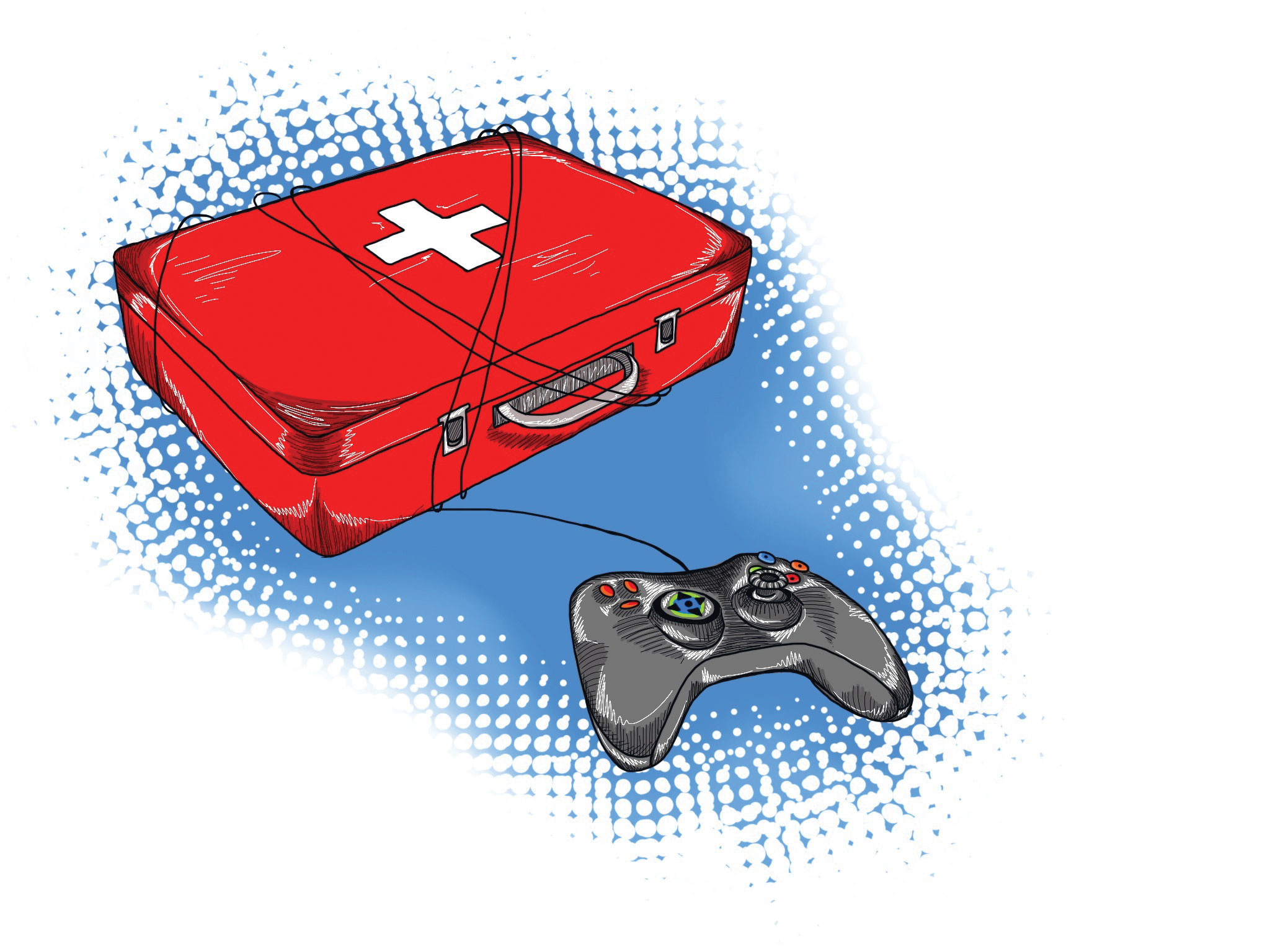Ready Player One: Video games being used to aid in patient treatment

A video game can’t cure cancer, but it could help.
At least that’s what researchers from the nonprofit organization HopeLab thought when they began work on the game “Re-Mission 2,” which engages young cancer patients by having them control tiny avatars that fight cells of various types of cancer.
This is just one example of how video games are being used not only as entertainment, but also as a powerful tool in the medical field by utilizing the potential of the human mind.
Young patients feel like they’re actively involved in fighting their cancer and understanding the treatment process. The result, according to HopeLab’s research, is that patients take their medication diligently and have an interest in the mechanics of their own treatment, leading to a sense of power and control in fighting the disease that some of them are sorely lacking.
The uses for video games are so varied that the answer to the question of “maybe we can use it for …” must invariably be answered with an emphatic “YES.”
There’s nothing new about video games being used for non-entertainment purposes. Educational video games have been out almost as long as video games have existed, ranging from LeapFrog to army simulation training games.
But researchers are increasingly recognizing the addictive properties of game play and how they might factor into various scenarios in medical research that could benefit from gaming technology.
AccessAble Games announced a fundraiser for its new game. “My Carnival,” which will feature brightly colored balloons, clowns and carnival games in an attempt to teach children with cystic fibrosis how to perform their breathing exercises correctly.
If you’re noticing a trend here, you’d be right. Though games have the potential to do great things, the typical knee-jerk reaction is to dismiss them because of the negative connotations associated with gaming – namely its addictive properties.
But the people who still think this way are doing themselves a disservice. Yes, video games can be addictive; they can draw players in and consume all their time, but so can television and novels. Pretty much anything can be harmful in huge quantities, and video games are no different.
This holds little bearing on the future use of games though, and used wisely, they have the potential to do much good in the medical field. In this case, the addictive properties of games are actually a positive thing – patients who normally are disinterested in their treatment may be enticed to play a game.
These games should be championed for engaging the patient; they should not only be relegated to the shelves of Toys“R”Us and the children’s wards of hospitals because games in general are primarily marketed toward children and carry the perceived threat of a bad addiction.
The video game can be an amazing tool to heal the body, mostly because it engages your mind completely and forces full concentration. You can’t really do anything else while playing these games; your focus is completely on the task at hand, which makes it easier to train your brain.
Take our pals to the north in Canada. Researchers there are in the final phases of implementing a revolutionary puzzle game that can fix lazy eyes in adults (something that has been notoriously hard to do – as opposed to children, who have relative ease in eye training), by forcing the eyes to work together to finish the game.
It’s kind of odd to think that the same medium that offers the chance to steal cars and drive them into businesses also has the potential to help cure cancer, but there it is.
It’s the weird duality of video games.


